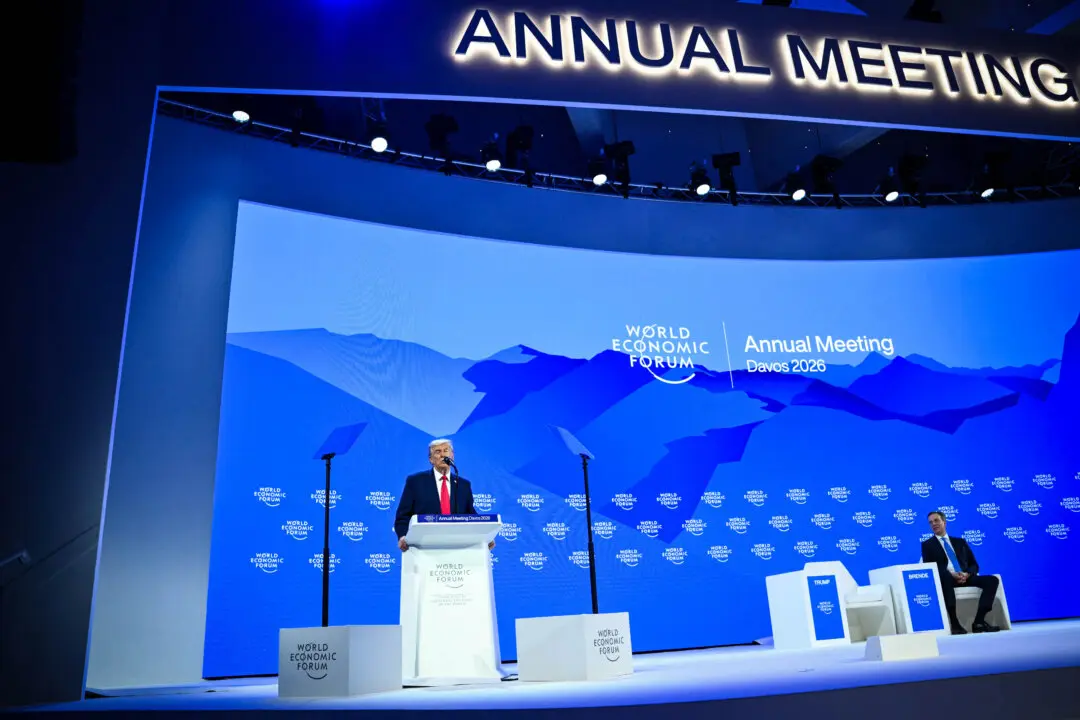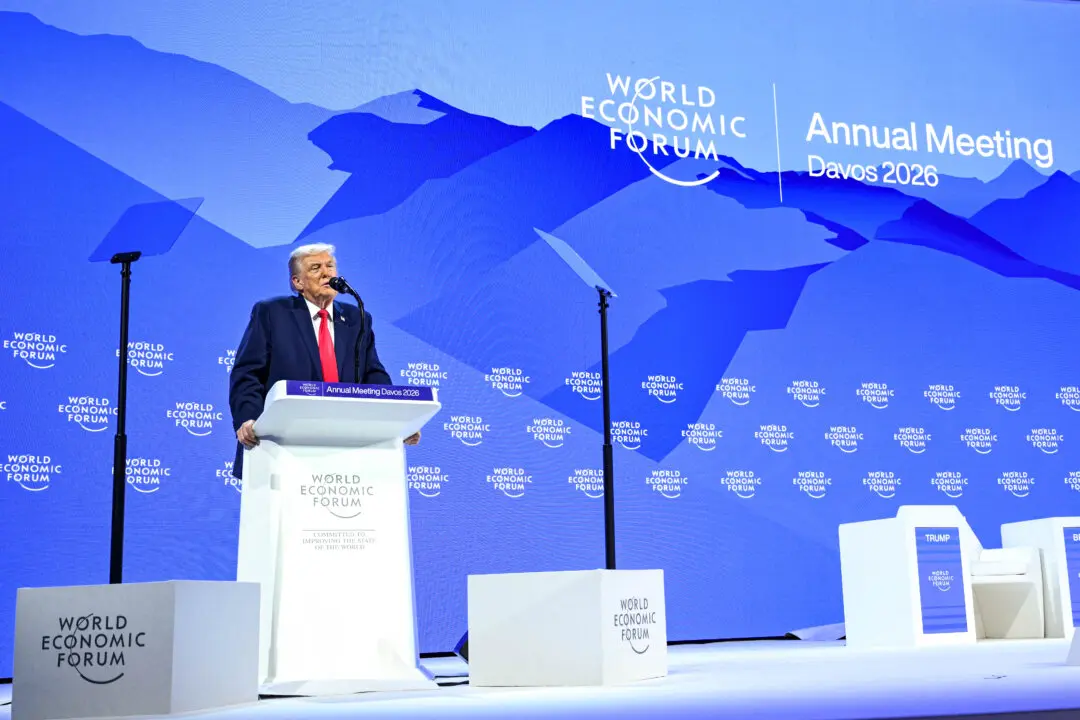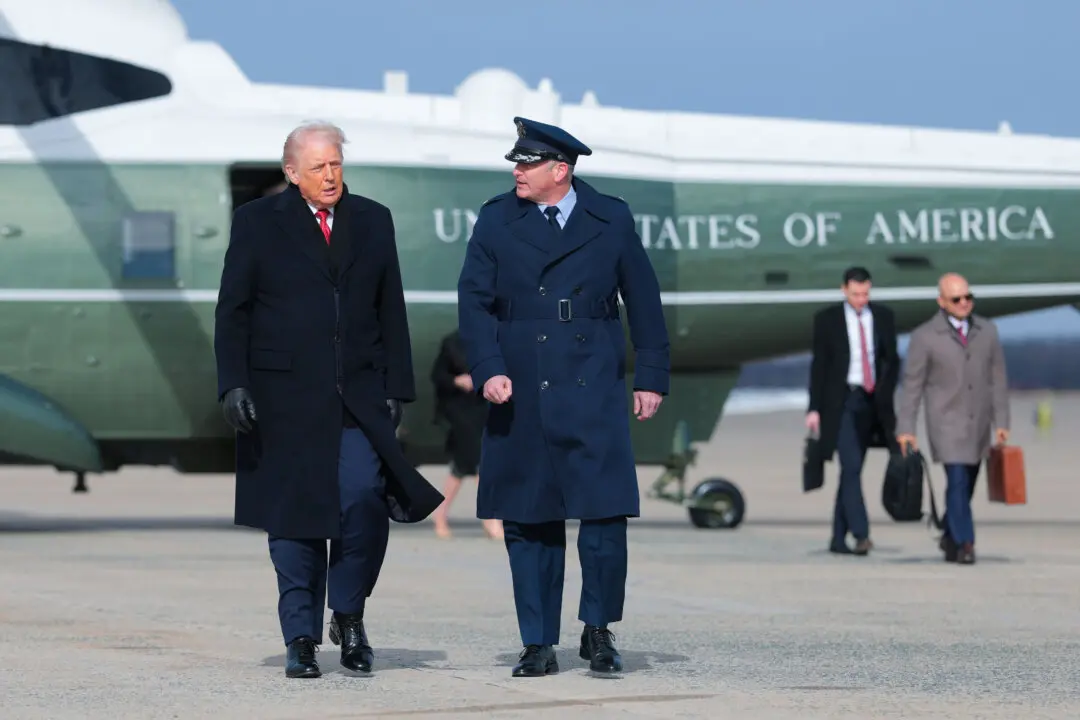WASHINGTON—The United States and the European Union reached an agreement that will open Europe to more American beef exports, ending a long-running trans-Atlantic dispute.
As part of the ongoing trade talks between Washington and Brussels, President Donald Trump announced on Aug. 2 that a “breakthrough agreement” was struck that would lower trade barriers in Europe and expand access for U.S. beef ranchers. The duty-free beef exports to the bloc would rise by 46 percent in the first year and by another 90 percent over seven years, he said.





